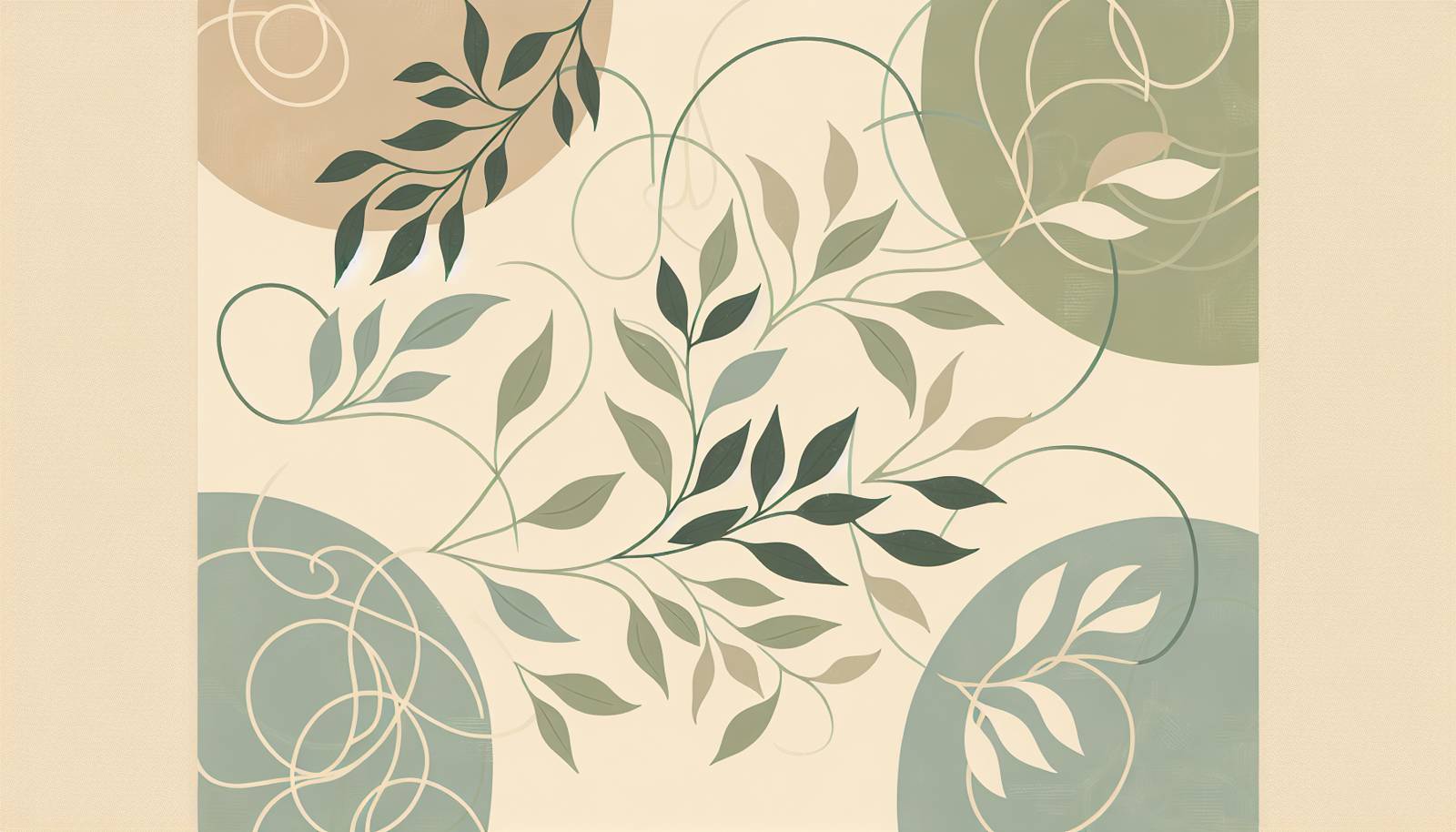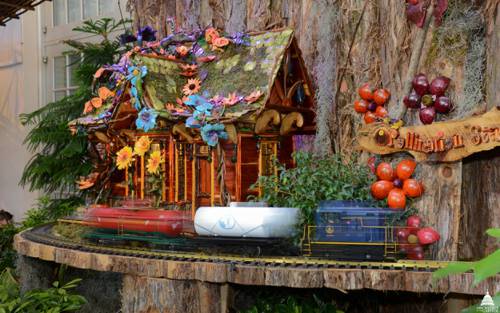
FAQ About Indoor Plant Pollination Challenges

Why do indoor plants struggle with pollination?
Indoor plants often struggle with pollination due to the absence of natural pollinators like bees, butterflies, and wind, which are commonly found outdoors. The controlled environment of indoor spaces can also lack the fluctuations in temperature and humidity that some plants need to trigger the pollination process.

How can I manually pollinate my indoor plants?
To manually pollinate indoor plants, you can use a small brush or cotton swab to transfer pollen from the stamen (male part) of one flower to the pistil (female part) of another flower. This technique mimics the action of pollinators like insects or wind.

What are some common indoor plants that require manual pollination?
Common indoor plants that often require manual pollination include tomatoes, peppers, squash, and some types of orchids. These plants generally rely on external pollinators, which may not be present indoors.

What role does humidity play in indoor plant pollination?
Humidity can significantly impact plant pollination. For many plants, a specific humidity level is needed for pollen to be viable and effectively transferred to the female parts of the flowers. Too much or too little humidity can inhibit this process.

Can artificial lighting affect the pollination of indoor plants?
Yes, artificial lighting can impact pollination. Many plants rely on the natural cycle of daylight for timing their flowering and pollination processes. Using grow lights that mimic the full spectrum of sunlight can help support these processes indoors.

Are there specific tools to aid indoor plant pollination?
Yes, there are specific tools for aiding the pollination of indoor plants, such as electric pollinators or vibrating tools, which simulate the motion of insects or wind to release and transfer pollen.

Can indoor plants be pollinated by other indoor plants?
Yes, cross-pollination can occur between different indoor plants of the same species if they are flowering at the same time. Manual intervention might be necessary to facilitate the process.

Do indoor plants produce less fruit or seeds due to pollination challenges?
Indoor plants can produce fewer fruits or seeds than their outdoor counterparts due to pollination challenges. The lack of wind and pollinators means that fewer flowers are successfully pollinated, potentially reducing the plant's yield.

What are some signs that an indoor plant is not being pollinated effectively?
Signs that an indoor plant is not being effectively pollinated include flowers that bloom and then drop without setting fruit, deformed or undersized fruits, and a general lack of seed production. These symptoms can indicate that manual pollination might be needed.

How can temperature affect indoor plant pollination?
Temperature plays a crucial role in plant pollination. Certain plants require specific temperature ranges to facilitate the proper development and release of pollen. Too hot or cold environments can negatively impact pollination efficiency.

Do some indoor plants self-pollinate?
Yes, some indoor plants are capable of self-pollination, meaning they do not require external pollination from insects or human intervention. Plants like tomatoes have flowers that can pollinate themselves when vibrated by wind or movement.

What is the impact of poor ventilation on indoor plant pollination?
Poor ventilation can lead to stagnant air, which may hinder the natural movement of pollen within a plant's environment, affecting pollination. Proper airflow is important to disperse pollen and support healthy pollination processes.

How often should I manually pollinate my indoor plants?
The frequency of manual pollination depends on the plant species and its flowering cycle. It's generally recommended to pollinate as frequently as the plant blooms to ensure that each flower has the opportunity to set fruit or seeds.

Can wind simulate natural pollination for indoor plants?
While indoor environments typically lack wind, you can create air movement using fans to help simulate the natural pollination process. This can help with pollen distribution for certain plant species that rely on wind.

What are the benefits of ensuring successful pollination of indoor plants?
Successful pollination of indoor plants leads to the production of fruits and seeds, enhancing the plant's reproductive success. It also improves crop yield and fruit quality, benefits appreciated by those growing edible plants indoors.

Does plant positioning affect pollination indoors?
Yes, positioning plants in areas with good light and air circulation can significantly influence pollination success. Ensuring plants are accessible for manual pollination and close to artificial lights can promote better flowering and pollination processes.

What mistakes should be avoided when attempting to pollinate indoor plants manually?
Avoid rough handling of flowers, which can damage delicate reproductive parts. Use clean tools to prevent disease transmission, and ensure pollen is transferred efficiently from male to female parts within the same bloom period.

Are there any natural indoor alternatives to attract pollinators?
To naturally attract pollinators to your indoor garden, consider placing flowering plants that appeal to indoor pollinator species like hoverflies. Providing a healthy and varied plant environment can invite more of these beneficial insects indoors.

Can certain fertilizers affect pollination in indoor plants?
Yes, fertilizers high in nitrogen can lead to excessive vegetative growth, which might overshadow the development of flowers and reduce pollination success. Balanced fertilization supports healthy flowering and subsequently, better pollination.

What are some ways to support pollination in hydroponically grown indoor plants?
In hydroponic setups, ensuring proper lighting, ventilation, and humidity levels is crucial. Manual pollination techniques, air circulation via fans, and vibration tools can aid pollination, compensating for the lack of natural factors present in soil cultivation.
